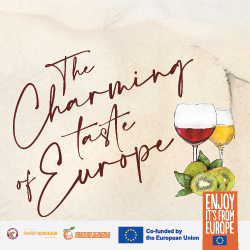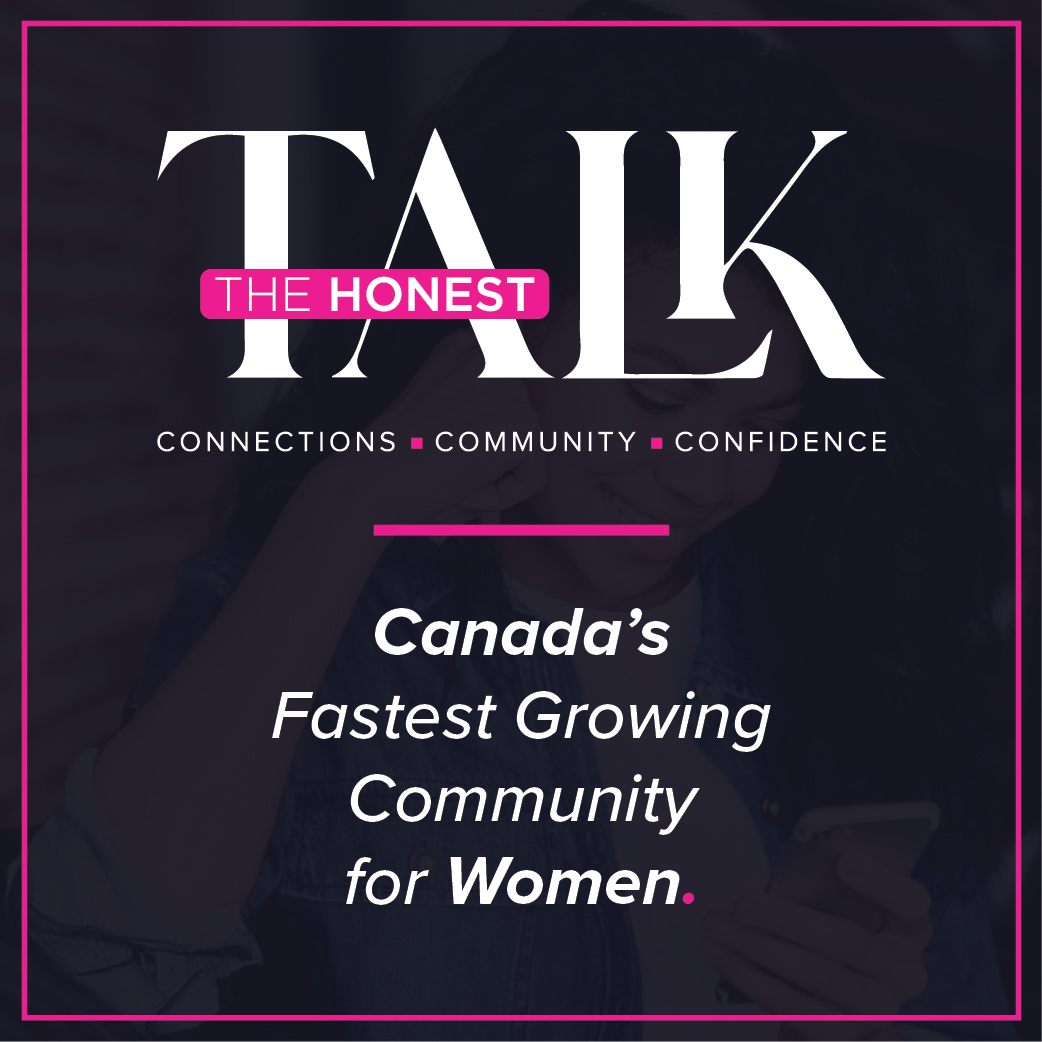
Launch, Scale, Succeed: Your Roadmap to a Winning Dating Startup
The online dating industry has witnessed unprecedented growth in recent years, with global revenues exceeding $7.5 billion in 2023 and projected to reach $10 billion by 2026. This explosive expansion reflects a fundamental shift in how people connect romantically across cultural boundaries worldwide. Yet beneath these promising figures lies a fiercely competitive landscape where new entrants face significant hurdles to establish themselves among established giants and numerous niche players. This article provides a comprehensive roadmap for entrepreneurs navigating the complex journey from dating app concept to thriving international matchmaking platform.
Understanding the Market
The dating app ecosystem has evolved dramatically beyond the early days of simple matching platforms. Today’s market features sophisticated AI-driven recommendation systems, video integration, and specialized communities catering to specific demographics and relationship preferences. Before entering this space, entrepreneurs must thoroughly understand current market dynamics and emerging trends.
Major players like Tinder, Bumble, and Hinge continue to dominate the mainstream market, while specialized platforms targeting religious communities, professional networks, and various cultural groups have carved out sustainable niches. International dating services connecting singles from different countries, such as https://goldenbride.net/ukrainian-brides.html and similar platforms, have also established strong user bases by facilitating cross-cultural relationships. The post-pandemic era has accelerated several key trends, including increased acceptance of video dating, greater emphasis on meaningful connections over casual interactions, and heightened concern for user safety and verification.
Successful dating startups recognize that understanding their target audience goes beyond basic demographics. Comprehensive research through surveys, focus groups, and competitor analysis reveals crucial insights into user pain points with existing platforms. For example, many international daters report frustration with language barriers, cultural misunderstandings, and verification concerns. These challenges represent potential opportunities for innovative solutions.
When benchmarking competitors, look beyond surface-level features to examine user satisfaction metrics, retention rates, and common complaints. Services focusing on international connections often struggle with verification processes and creating balanced gender ratios across different regions. Identifying these gaps provides valuable direction for developing distinctive offerings in the marketplace.
Conceptualizing Your Unique Dating App
A clearly defined, unique selling proposition (USP) is the foundation of any successful dating startup. In an oversaturated market, a compelling USP distinguishes your platform from alternatives and gives users a specific reason to choose your service. This could manifest as serving an underrepresented demographic, implementing innovative matching technology, or addressing common frustrations experienced on existing platforms.
When weighing specialized focus against broader appeal, it’s worth noting that niche platforms often benefit from lower user acquisition costs and higher engagement rates, despite having a more limited total addressable market. Platforms that focus on international relationships—such as those connecting Western users with partners from specific regions—can offer tailored features that directly address the unique challenges of cross-cultural dating.
Feature development requires strategic prioritization to balance immediate functionality against long-term vision. Core features for any dating platform include profile creation, matching mechanisms, communication tools, and basic safety features. For international dating services, essential additions include translation capabilities, cultural information resources, and enhanced verification processes to build trust across borders.
The user experience design must accommodate cultural differences in dating expectations while maintaining intuitive navigation. The initial onboarding process should clarify the platform’s focus on international connections while collecting sufficient information to facilitate meaningful matches without overwhelming new users with excessive questions.
Building the Right Team
Behind every successful dating platform stands a diverse team balancing technical expertise with cultural awareness and relationship psychology. Key roles typically include product management to guide overall development, UI/UX designers with cross-cultural sensitivities, frontend and backend developers comfortable building scalable systems, data scientists for matching algorithms, and marketing specialists with international experience.
Many dating startups begin with a hybrid staffing model, maintaining core product and engineering teams in-house while leveraging specialized agencies for tasks like localization, regional marketing, and content moderation across different languages. This approach provides flexibility during early scaling phases when regional user growth may occur at uneven rates.
Team culture should emphasize both empathy and analytical rigor. Creating successful dating platforms requires understanding human connection at a fundamental level while implementing data-driven improvements to facilitate these connections. Regular team discussions about cultural differences in dating practices help maintain sensitivity throughout product development.
Development Process
The technical foundation of any dating platform must prioritize scalability, security, and reliability from day one. Modern dating apps typically implement microservices architecture on cloud infrastructure like AWS or Google Cloud to enable flexible scaling across regions. Database design requires particular attention to support efficient matching algorithms while maintaining appropriate data separation for privacy and regulatory compliance.
Security concerns are heightened for international dating, where users may be particularly vulnerable to scams or identity theft. Robust verification systems might include AI-powered image analysis to detect fake profiles, video verification options, and regional-specific identification requirements based on local norms and regulations.
The matching algorithm represents the core intellectual property for many dating platforms. Initial versions may implement basic filtering by demographic preferences and location. At the same time, more sophisticated systems progressively incorporate behavioral data, communication patterns, and even linguistic analysis to improve match quality over time. International platforms must account for cultural differences in how users express interest and compatibility.
Testing for international platforms should include region-specific scenarios addressing various connection speeds, device preferences, and cultural expectations. Establishing beta testing groups in each target market provides invaluable feedback on how the platform is perceived across different cultures before full-scale launch.
Launch Strategy
Successful dating platforms rarely launch globally at once. Instead, they typically identify specific regions or communities for initial deployment to establish critical mass before expanding. This phased approach allows for testing and refining core features with a manageable user base before tackling the complexities of multi-region scaling.
Pre-launch marketing should leverage universal romantic aspirations and culturally specific messaging tailored to each region. Building waitlists in target communities creates anticipation while providing a pool of motivated early adopters. For international dating services, partnerships with cultural organizations, expatriate communities, and language learning platforms can help access users interested in cross-cultural connections.
The critical early metrics to track include overall signups and balanced growth across different demographics and regions. For international dating platforms, monitoring cross-cultural matching rates and communication completion (messages that receive replies) provides insight into the platform’s effectiveness at bridging cultural divides.
Monetization and Business Model
Sustainable dating platforms typically implement tiered monetization strategies, balancing accessibility with revenue generation. The freemium model dominates the industry, with free basic access encouraging widespread adoption while premium features generate revenue from engaged users seeking enhanced capabilities.
For international dating services, monetization opportunities go beyond standard subscription models. Features like translation assistance, cultural guidance, verified identity badges, and even travel planning for in-person meetings offer added value that users are often willing to pay for. Premium tools—such as dual video streaming—help facilitate real-time connection across distances, enhancing the overall experience.
Timing monetization implementation requires careful consideration. Introducing premium features too early may stifle growth, while delaying too long creates user expectations of indefinite free access. Most successful platforms introduce monetization gradually after establishing clear value and achieving sufficient regional user density to enable quality matches.
Scaling for Growth
As user numbers grow, technical infrastructure must scale accordingly while maintaining performance. Push notification systems, real-time chat functionality, and matching algorithms require particular attention during scaling. Implementing content delivery networks (CDNs) and regional database instances helps minimize latency for users across different geographic locations.
Community standards become increasingly important as platforms grow. International dating services must navigate varying expectations regarding appropriate content and behavior while maintaining consistent core values. Developing clear, culturally sensitive community guidelines supported by automated systems and human moderation teams helps maintain platform integrity across regions.
User retention strategies should evolve based on data analysis, identifying common drop-off points. For international dating platforms, retention challenges often occur around initial cross-cultural communication hurdles. Providing conversation starters, cultural context information, and translation assistance can help users successfully navigate these critical early interactions.
Long-Term Success and Differentiation
The dating industry continuously evolves with changing relationship norms, communication technologies, and user expectations. Successful platforms dedicate resources to tracking emerging trends, such as the integration of virtual reality for immersive remote dates, AI companions for relationship coaching, and enhanced verification through blockchain-based identity systems.
Building brand loyalty requires moving beyond functional benefits to an emotional connection. Dating platforms that successfully facilitate meaningful relationships earn powerful word-of-mouth promotion and user testimonials. Celebrating success stories while respecting privacy creates authentic marketing material that resonates across cultures.
Long-term international success demands continuous localization that goes beyond simple translation. Features, marketing content, and matching algorithms often need to be tailored to fit local dating customs and expectations. Leading platforms maintain strong user engagement by regularly updating features based on cultural insights and feedback from a globally diverse audience.
Common Pitfalls and How to Avoid Them
The dating startup landscape is littered with failures that offer valuable lessons. Common missteps include underestimating the challenge of achieving balanced user demographics across regions, ignoring cultural differences in dating expectations, and implementing excessive features before establishing core functionality.
Many international dating startups struggle with verification processes that feel burdensome to users while still allowing sophisticated scammers to penetrate the platform. Successful services implement a layered verification approach to different aspects of identity confirmation while maintaining a streamlined user experience.
The most fundamental mistake is losing focus on the human element of dating services. Behind every profile stands a person with hopes, insecurities, and dreams of connection. Platforms that cultivate authentic relationships through thoughtful design and genuine community building ultimately focus solely on growth metrics and monetization.
Creating a successful international dating platform represents one of the most challenging yet potentially rewarding entrepreneurial journeys. It requires balancing sophisticated technology with deep human insight, addressing varying cultural expectations while maintaining universal values, and scaling methodically while preserving the personal touch that makes meaningful connections possible.
The roadmap outlined here—from thorough market research through thoughtful development to strategic scaling—offers a solid framework for navigating the complexities of international dating. Ultimately, however, true success in this space stems from a sincere commitment to fostering human connection across borders. Platforms that genuinely help people form meaningful relationships create value that goes beyond business metrics.
The most valuable asset for entrepreneurs embarking on this journey may be curiosity bout different cultures, evolving relationship patterns, and the fundamental human desire for connection. With a clear vision, robust strategy, and unwavering focus on user needs, dating startups can build bridges between hearts across the world’s geographic and cultural divides.
Photo: iStock










